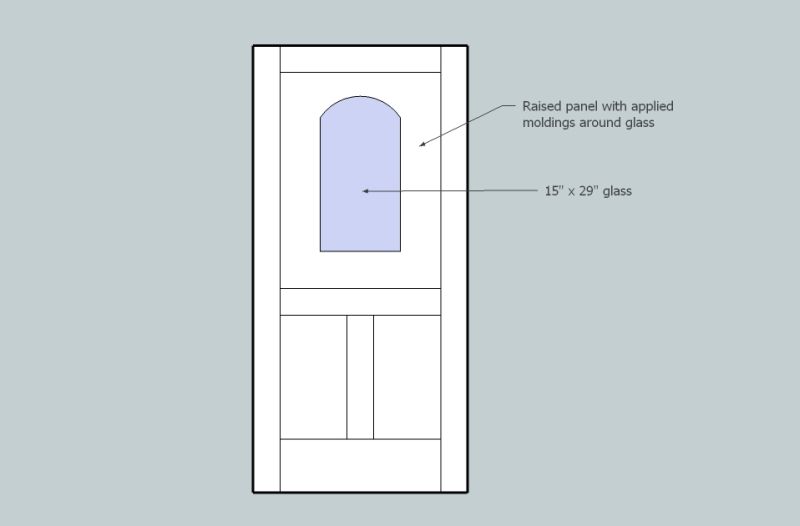Question
I am the owner of a hardwood floor company. Recently a repeat customer approached me about milling several thousand board feet (from rafters) into flooring to sell. I have everything set up from my end, however, my sawyer recommended we metal detect the wood after demo to avoid replacement blade charges. What products are out there that would work well and efficiently for this? The rafters to start will be 10/4.
Forum Responses
(Sawing and Drying Forum)
From contributor M:
We have always used a White metal detector for all of our salvaged wood. It will work on beams up to 8". Cost is less than $150.00.
Metal detecting is pretty much a necessity. Not only does it save time and money on blades, but one nail can cost a pretty penny if it makes it into the moulder. The saw isn't going to find 'em all.
Oh, if you're going to be doing the moulding, I suggest carbide when running heart pine. The stuff is tough, and dulls HSS knives really fast. It also gums up the moulder and feed rollers. I spray my heads and the entire inside of the moulder with silicone spray before running, and it seems to help keep the gum from sticking to the parts so badly. There's still a lot of cleanup to do often, but the gum comes off much easier when the parts are coated with silicone.
Comment from contributor S:
I highly recommend a pneumatic machine called a Nailout. It is like a needle scaler, but it has a cat paw attachment and a chisel attachment. It saves a lot of time. For 1x and 2x material, I de-nail with a nail kicker. This is a great device. It works like a nail gun, but instead of driving from the head it drives from the point of the nail and shoots it out the other side.
